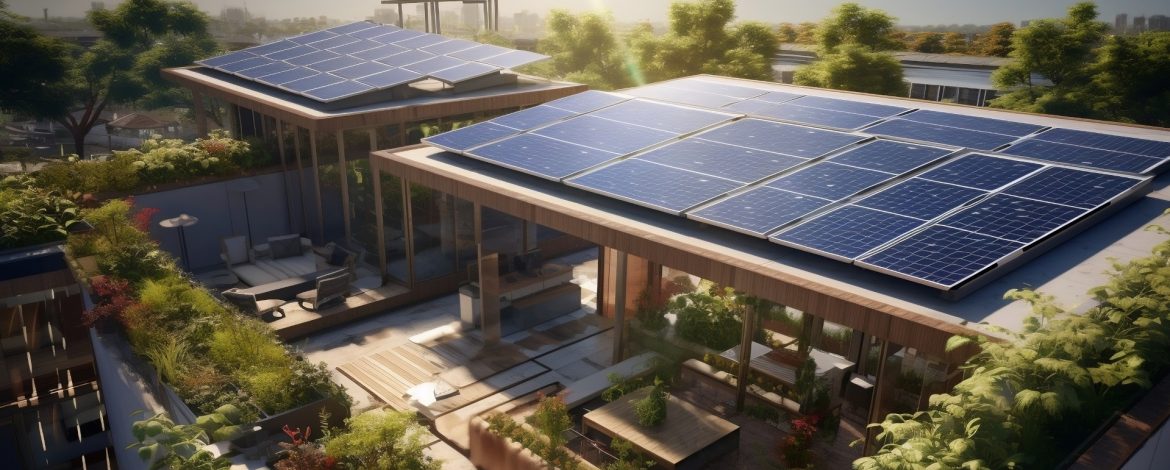*******Source-https://www.americancityandcounty.com/, Donny Simmons, First published 15, Aug, 2023
Life happens in community buildings; it’s where people work, learn, live and play. Ensuring community members have access to healthy environments, reliably comfortable public facilities and safe spaces to seek shelter in the face of crisis has never been more critical. Buildings are also one of the largest contributors to global energy consumption and greenhouse gas (GHG) emissions. Buildings in the United States account for 40 percent of the total energy used, and approximately 15 percent of global GHG emissions are directly attributed to heating and cooling systems in buildings. With rising temperatures creating an increased demand for cooling, governments are challenged with efficiently using taxpayer dollars to address building infrastructure and other community needs, while protecting the environment.
Leaders at all levels are realizing the time to act is now.
In late June, Cambridge, Mass., took bold, aggressive action—mandating net-zero GHG emissions by 2050 for existing nonresidential buildings under 100,000 square feet, and requiring all buildings more than 100,000 square feet to face a 2035 deadline. This builds upon Cambridge’s commercial stretch code, which regulates heating, cooling and energy use, and favors all-electric mechanisms. And while Cambridge’s goals are among the most ambitious thus far, cities and counties across the country, including Augusta, Ga.; Fenton, Mo.; and Claremont, Calif., are taking advantage of existing technology to proactively curb building emissions.
At the state level, New Mexico’s leaders began tackling the challenge in 2018. In Santa Fe, more than 30 state-owned, executive government buildings—all more than 50 years old—had aging, inefficient HVAC systems. By launching the State Buildings Green Energy Project, New Mexico accelerated its clean energy and carbon reduction plans, saving the state more than $1.1 million dollars annually and cutting more than 7,400 metric tons of GHG emissions—the equivalent of emissions generated from burning more than 4 million tons of coal.
These proactive measures, along with financial incentives, are influencing crucial decisions about buildings and infrastructure, both for compliance and long-term viability. Fortunately, technologies and solutions exist today to address both aspects simultaneously, starting with climate solutions that rely on electrification instead of fossil fuels.
Innovative decarbonizing technologies including high-efficiency, fully electric heat pumps, thermal energy storage and solar solutions are helping enable a zero-emission future. And with the Inflation Reduction Act (IRA) unleashing billions of dollars in rebates and other incentives to spur investment and innovation in green technology, home and business owners alike are helping accelerate positive environmental impact.
From coast to coast, there is a growing desire to decarbonize buildings and operations. More than 100 jurisdictions have adopted codes, building performance standards and/or benchmarking policies in pursuit of decarbonizing—often electrifying the built environment. By adopting a whole-of-society approach—where commercial ingenuity meets regulatory requirements—we can accelerate clean technologies and bolster the adoption of more energy efficient solutions that will create a better future for all.
Solving major global challenges like climate change and achieving aggressive carbon emission reduction goals requires courage, collaboration, innovation and action, and the urgency grows with each passing day. From industry and sector leaders in the built environment, to federal and local governments, to world leaders—we all must do our part.
Let’s innovate, build and scale the sustainable solutions that will enable successful emissions reductions. We cannot wait, and, with innovative building and energy solutions available today, we don’t have to.

